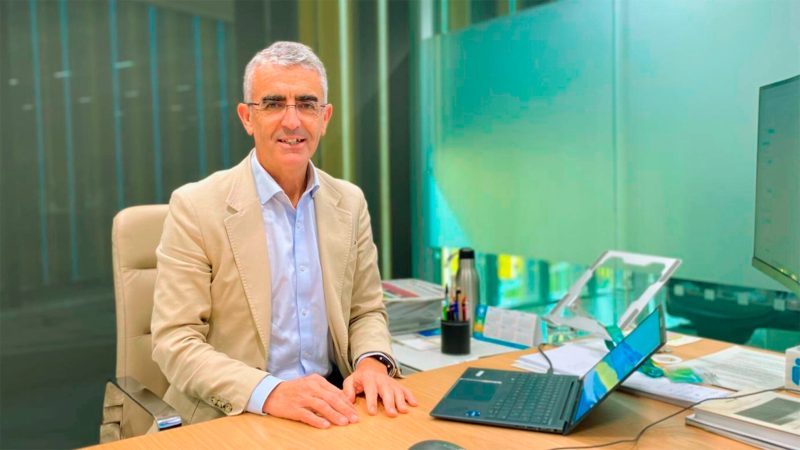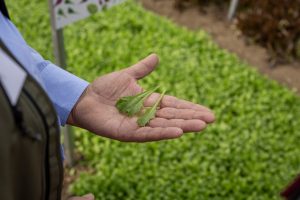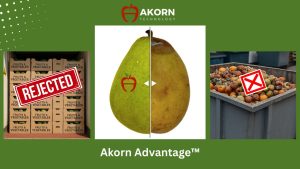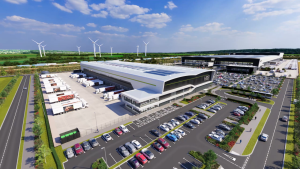The recent history of intensive agriculture in Almería is also the story of how a territory went, in barely half a century, from poverty and underdevelopment to becoming an international reference in agricultural innovation. At the center of this process has always been the Cajamar Experimental Station ‘Las Palmerillas,’ a space where research, technology transfer and social commitment have come together to drive the transformation of a production model and an entire territory.
Origin and vision
In the 1960s, Almería lived in conditions of economic backwardness. The province represented barely 0.6% of the Spanish economy and its per capita income was just over a third of Madrid’s. Agriculture, although it employed more than half of the active population and accounted for a quarter of provincial GDP, was characterized by very low yields: less than 11,500 kg per hectare.
In this context, the Caja Rural Provincial de Almería was founded in 1963 with a clear idea: to drive economic development based on the territory’s own resources. It bet on agriculture as a motor of change, providing financing and supporting farmers in adopting new techniques. The introduction of enarenado, localized irrigation and the first parral-type greenhouses tripled yields and multiplied incomes eightfold. In just a decade, the area under plastic went from nearly zero to more than 2,500 hectares.
This accelerated growth brought with it two major challenges: how to ensure the marketing of the growing production and how to guarantee water supply. To respond to these needs, the Experimental Station ‘Las Palmerillas’ was created in 1975, with a motto that sums up its purpose: “Let us make mistakes so that farmers don’t have to.”
A driver of collective transformation
Since then, Las Palmerillas has established itself as a benchmark in applied research. Its trials have optimized irrigation systems, pest control, energy efficiency, introduced new horticultural varieties and, more recently, applied digital tools in crop management. Transferring this knowledge to the sector has had a direct impact on the profitability and sustainability of farms.

The results are visible: in 50 years, the province’s population has doubled and its economic weight in the national context has doubled as well. Today, horticultural yields exceed 114,000 kg per hectare and Almería is a leader in agricultural production, with more than 32,000 hectares of greenhouses, over 110,000 jobs linked to the sector and the capacity to supply fresh produce to more than 500 million European consumers year-round.
RELATED NEWS: II Agrobío Forum: ‘At the Forefront of Biological Control’
But the transformation is not limited to agricultural production. Around this model, a powerful auxiliary industry has developed, including marketing, logistics, technology, input and service companies.
Cajamar, for its part, has evolved from a small provincial rural savings bank into a national reference entity in the financial system and in agri-food innovation.
We are just beginning
One of the ideas that has accompanied us throughout our history is that every day we are just beginning. The past helps us to be aware of our possibilities and capacities. But what really matters is everything we still have to do.
Fifty years in the life of an organization is a long time, and reaching this milestone is a clear sign of the usefulness it has been able to provide to society. Cajamar’s cooperative nature has always led us to think in terms of collective projects as the way to tackle challenges and objectives that would have been very difficult to achieve individually.
With this same philosophy and principles, we would like to continue being useful for the future of the agri-food sector in particular, and society in general.




















